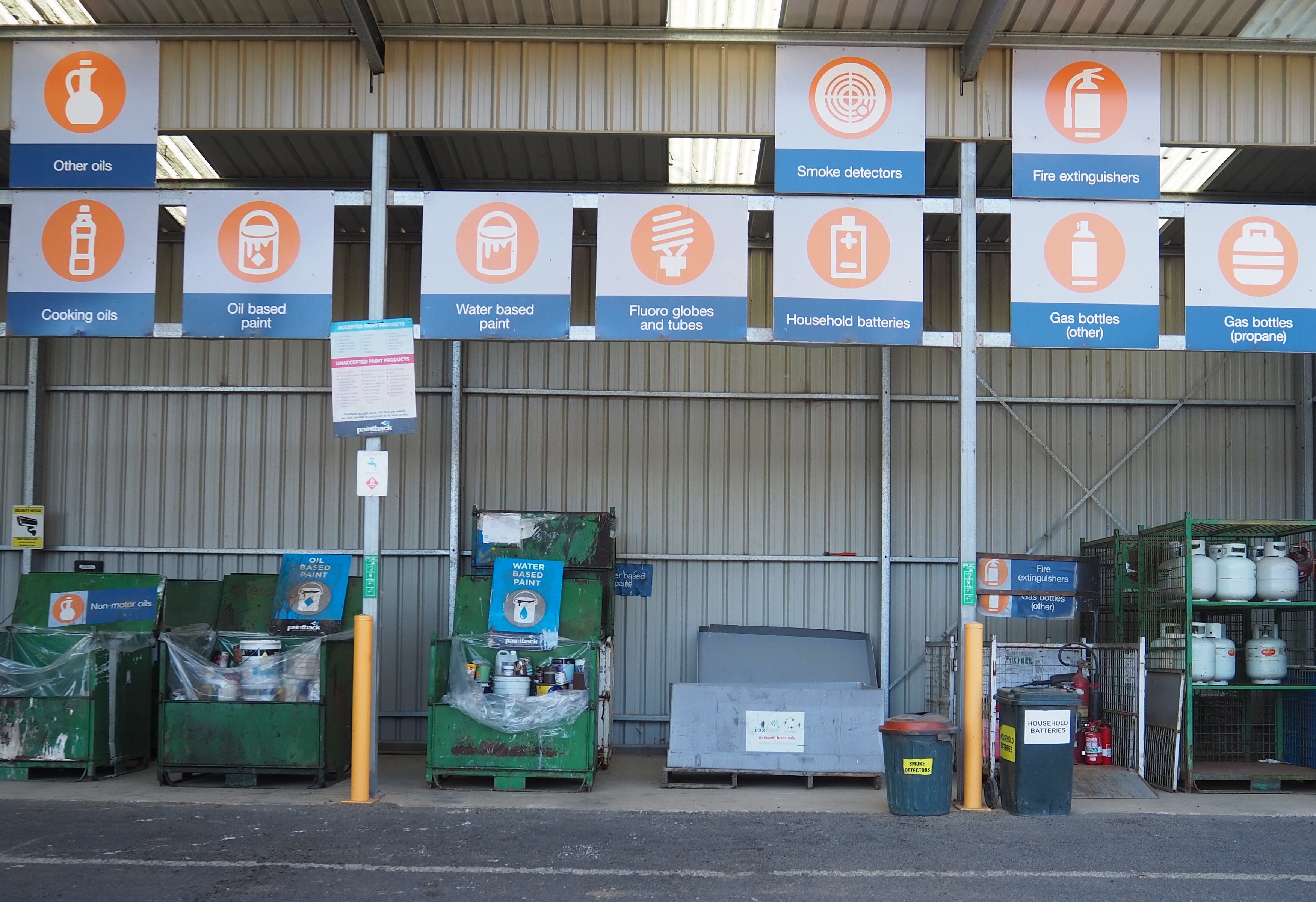The State Budget released today highlights once again the significant contribution that our mining and resources sector makes to Western Australia, driving a $4.2 billion surplus for 2022-23 and accounting for 29.5 per cent of Government revenue.
The surplus is $2.4 billion higher than forecast 6 months ago primarily thanks to WA’s strong iron ore sector, with higher than expected commodity prices delivering cost of living support for all households and small businesses, a substantial investment in decarbonisation of the State’s main electricity grid, a further record spend on health and mental health, new social housing investment, and further repayment of debt.
The sector’s contribution of $12.7 billion in royalties estimated for 2022-23 was slightly up on last year’s and includes $9.2 billion in iron ore royalties, $1.3 billion in North West Shelf grants from oil and gas projects, $910 million from lithium and $469 million from gold.
CME Chief Executive Officer Rebecca Tomkinson said with $148.8 billion of projects underway or in the pipeline, WA’s mining and resources sector would continue to play a major role in securing and growing the State’s economic future.
“In handing down their respective budgets this week, the State and Federal Governments have both highlighted how the strong performance of WA’s mining and resources sector and the associated royalties that have flowed back into the economy,” she said.
“The budget makes it clear that significant contribution of our sector has helped the WA Government fund a record $39 billion of investment in education, healthcare, transport and government services over the next four years.”
Iron ore royalty income is forecast to account for 83 per cent of total royalty income in 2022-23, and to average around 75 per cent of total royalty income from 2023-24 onwards.
In 2023-24, royalty income from commodities (excluding iron ore) is projected to rise by a further $136 million (or 7.3 per cent), with gold royalties rising by a further $75 million, lithium royalties by $18 million and nickel royalties by $20 million, thanks to a growing demand for electric vehicles.
The Budget also contains provision for cost recovery as part of the implementation of the new Aboriginal cultural heritage framework.
Ms Tomkinson said CME and its members supported and continued to be invested in the successful implementation of the Aboriginal Cultural Heritage (ACH) Act.
“Our industry supports the principles of cost recovery. It is important to have thorough stakeholder engagement and industry is seeking the opportunity to work with the State Government and key stakeholders to ensure the design of the model for cost recovery meets the objects of the Act,” she said.
CME welcomes the $2.8 billion investment in this year’s budget for energy storage, wind power generation and transmission network upgrades on the State’s main electricity grid. Investment in the decarbonisation and augmentation of our electricity networks is a key component of industry’s delivery against net zero commitments and will support growth in hydrogen and critical minerals.
Specific announcements contained in the Budget for the WA mining and resources sector include:
- $40 million for the Sustainable Geoscience Investments package to accelerate critical minerals discoveries. It will help WA meet the demand for minerals used in technologies such as electric vehicles, energy storage and batteries.
- $28.2 million to expand the State’s invest and trade initiatives, including establishing a new Invest and Trade WA Hub in Texas to enhance our presence and develop economic opportunities in the Americas region.
- $370.9 million for the Westport project.
- $136 million to support critical port infrastructure, including technology investments at Southern Ports, and expansion of wharf facilities at the Port of Broome to support the export of mineral sands.
- $20.7 million to meet increased demand for the Regional Airfare Zone Cap to provide affordable airfares for regional residents.
- $2 million to continue the LNG Jobs Taskforce for a further two years.








